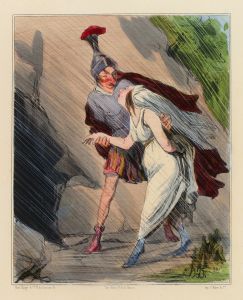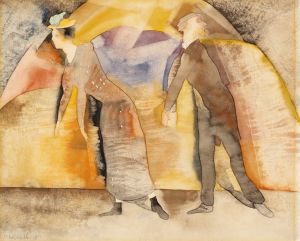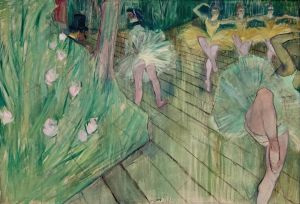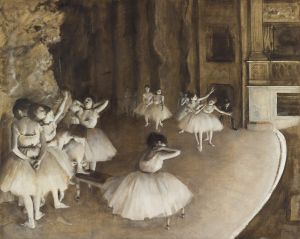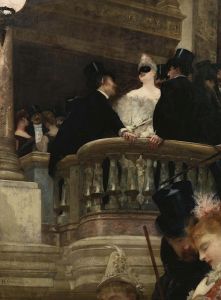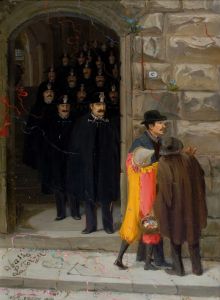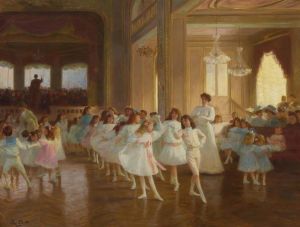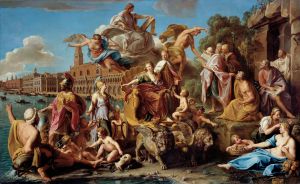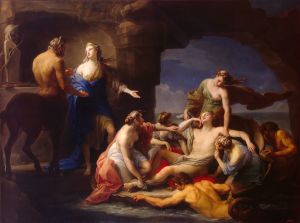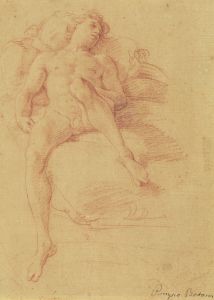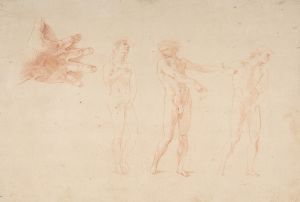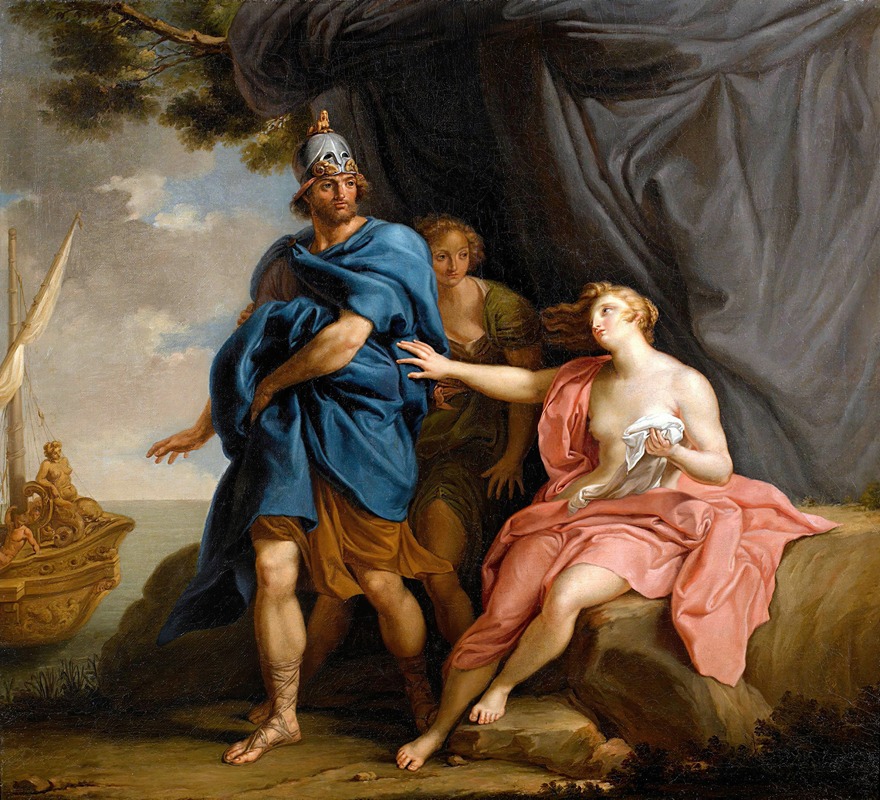
Dido And Aeneas
A hand-painted replica of Pompeo Batoni’s masterpiece Dido And Aeneas, meticulously crafted by professional artists to capture the true essence of the original. Each piece is created with museum-quality canvas and rare mineral pigments, carefully painted by experienced artists with delicate brushstrokes and rich, layered colors to perfectly recreate the texture of the original artwork. Unlike machine-printed reproductions, this hand-painted version brings the painting to life, infused with the artist’s emotions and skill in every stroke. Whether for personal collection or home decoration, it instantly elevates the artistic atmosphere of any space.
Pompeo Batoni's painting "Dido and Aeneas" is an exquisite example of 18th-century Italian art, capturing a moment from the classical mythological tale of Dido, the Queen of Carthage, and Aeneas, the Trojan hero. Batoni, an Italian painter renowned for his portraits and historical subjects, created this work in 1747. The painting reflects the Rococo style, characterized by its elegance, attention to detail, and vibrant use of color.
The story of Dido and Aeneas originates from Virgil's epic poem, the "Aeneid," written in the 1st century BCE. In the narrative, Aeneas, a Trojan prince, flees the destruction of Troy and is destined to found a new city, which will eventually become Rome. During his journey, he lands in Carthage, where he meets and falls in love with Queen Dido. However, the gods remind Aeneas of his duty to continue his journey, leading to his departure and Dido's subsequent despair and tragic death.
Batoni's painting captures the emotional intensity of this mythological episode. The composition is carefully arranged to highlight the interaction between the two central figures, Dido and Aeneas. Dido is depicted with a sense of regal elegance, her expression conveying a mix of love and impending sorrow. Aeneas, on the other hand, is portrayed with a sense of determination and inner conflict, reflecting his duty-bound nature.
The use of color in the painting is particularly noteworthy. Batoni employs a rich palette to enhance the emotional impact of the scene. The warm tones of Dido's attire contrast with the cooler hues of the surrounding landscape, symbolizing the warmth of her love and the cold inevitability of Aeneas's departure. The artist's attention to detail is evident in the intricate rendering of fabrics and the delicate play of light and shadow, which adds depth and realism to the composition.
Batoni's "Dido and Aeneas" is also significant for its reflection of the cultural and artistic trends of the time. The 18th century saw a renewed interest in classical antiquity, and artists like Batoni drew inspiration from ancient myths and literature. This painting not only illustrates a popular story from Roman mythology but also showcases the artist's skill in capturing human emotion and drama.
The painting is housed in the collection of the Kunsthistorisches Museum in Vienna, Austria. It remains an important work for its artistic merit and its representation of the Rococo style's engagement with classical themes. Batoni's ability to convey complex emotions through his mastery of color, composition, and detail ensures that "Dido and Aeneas" continues to be appreciated by art historians and enthusiasts alike.
In summary, Pompeo Batoni's "Dido and Aeneas" is a masterful depiction of a timeless mythological tale, rendered with the elegance and emotional depth characteristic of the Rococo period. The painting stands as a testament to Batoni's artistic prowess and his ability to bring classical stories to life through his art.





